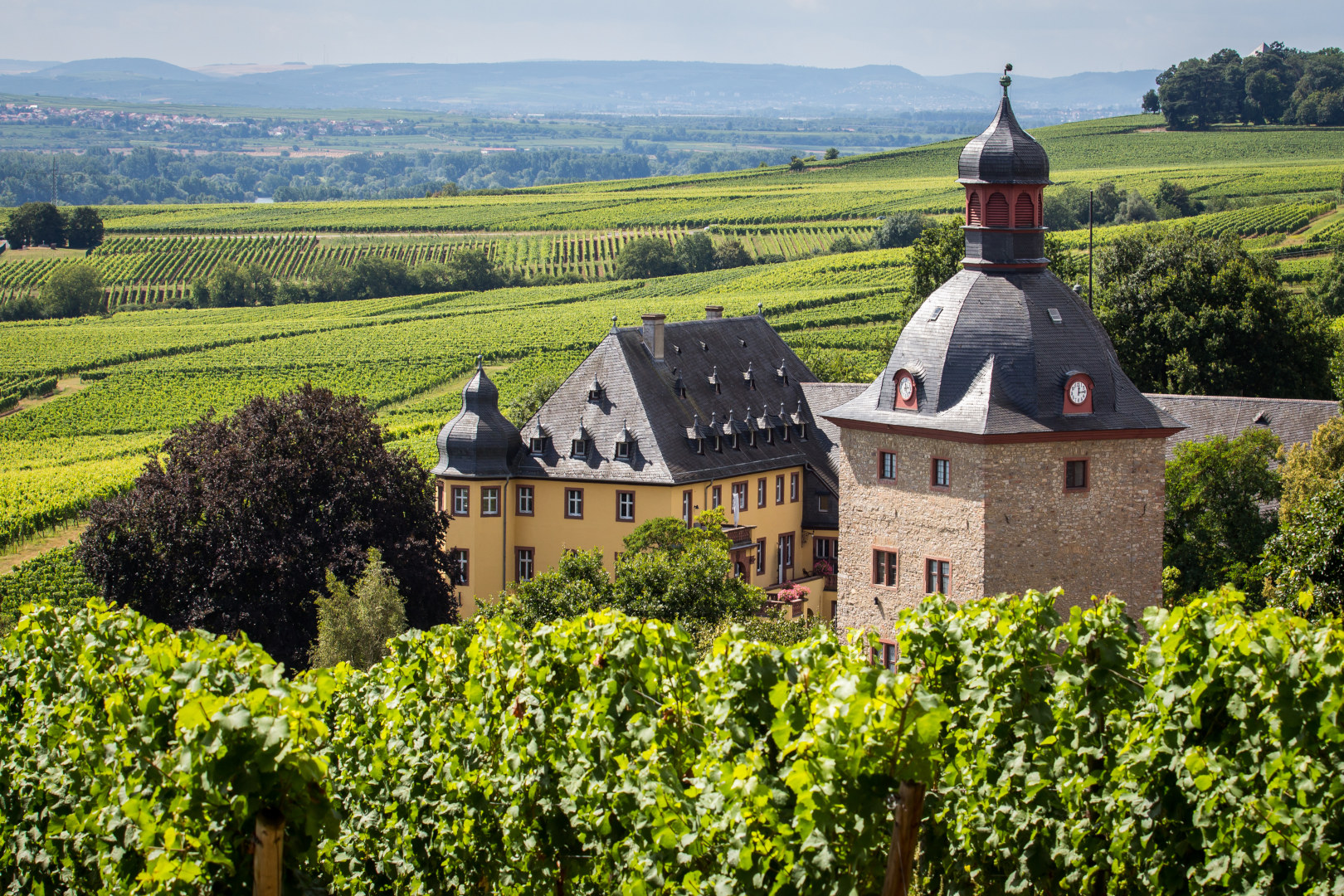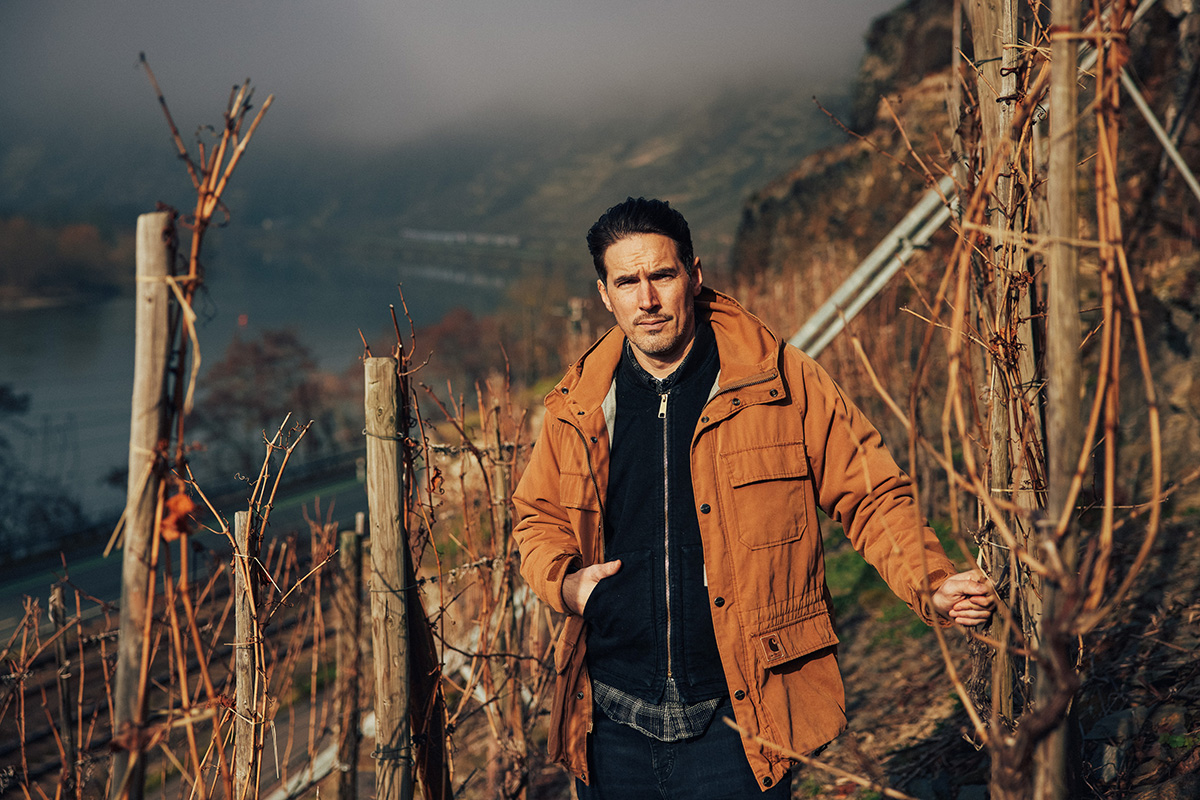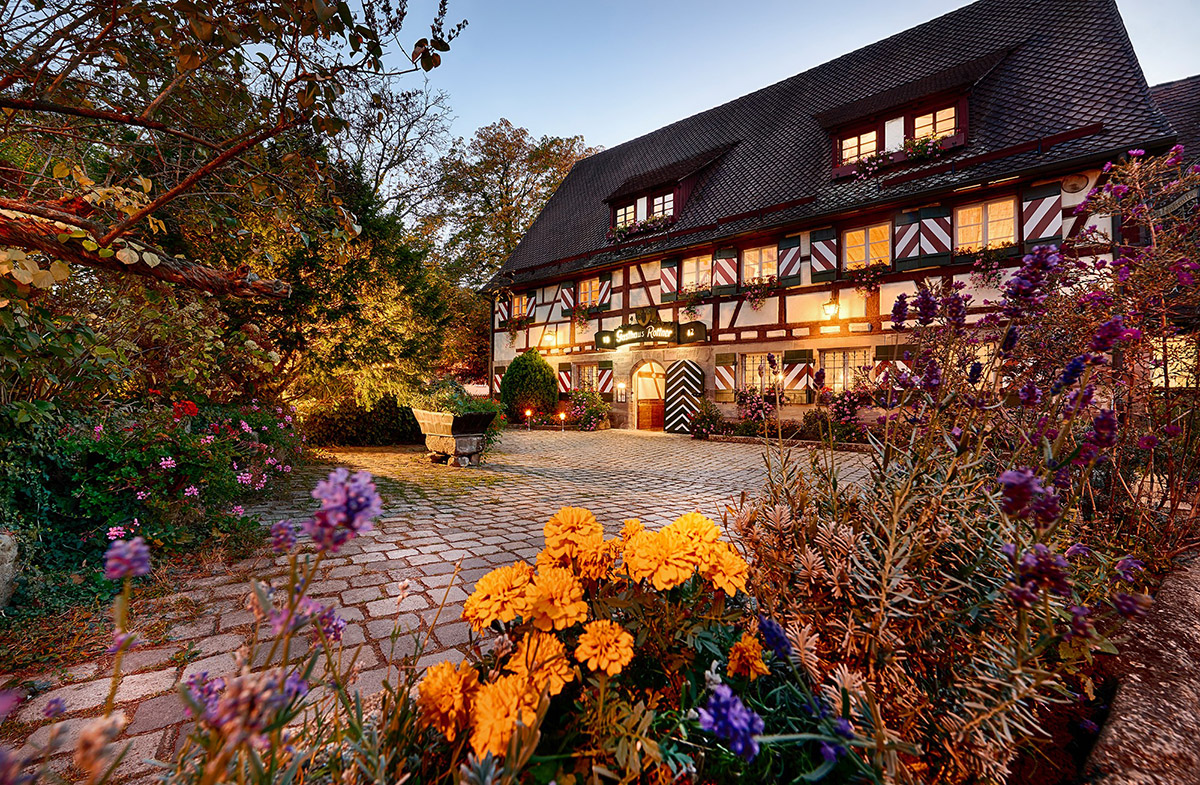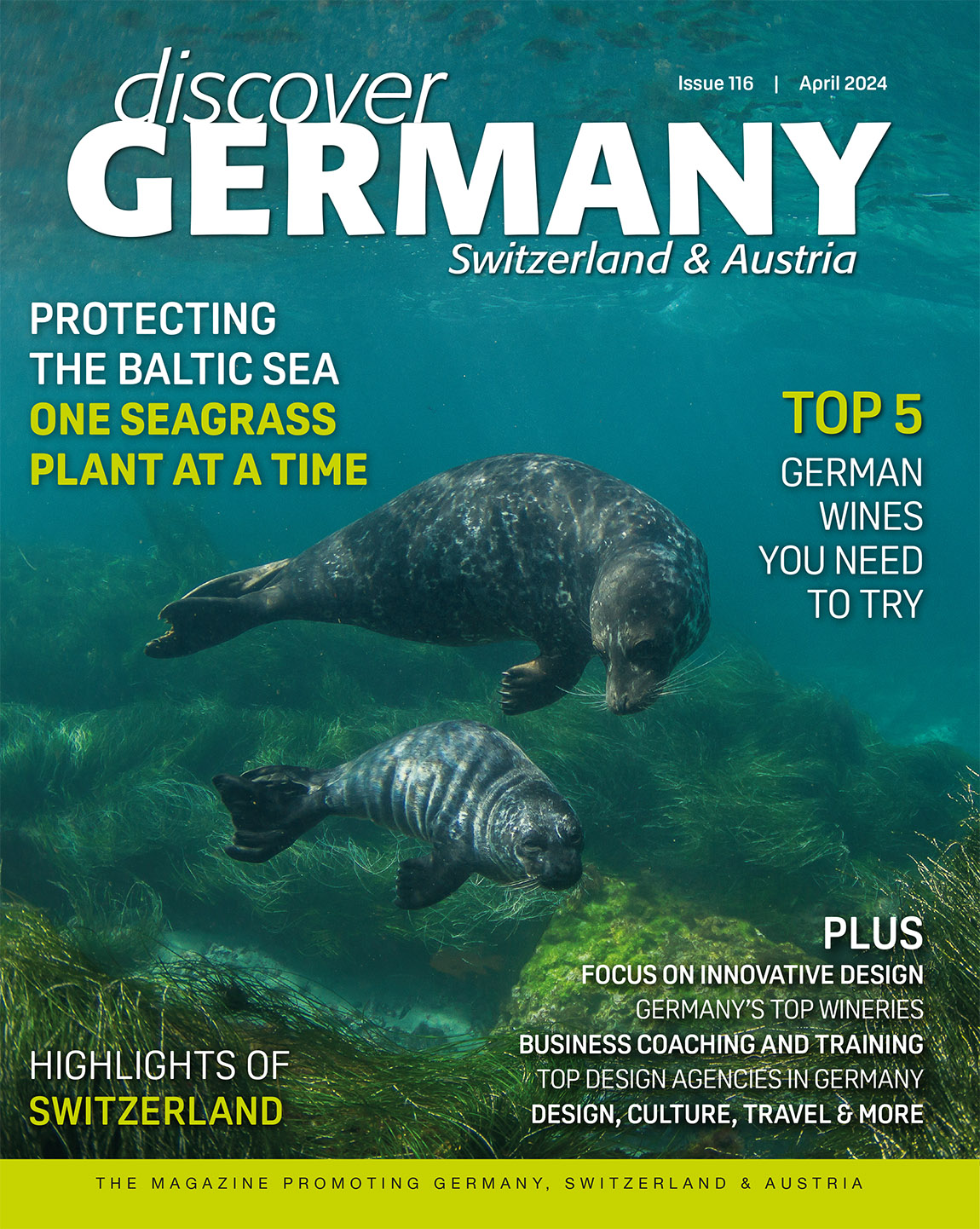The German Wine Queen – rule, and pour generously

Germany may not have its own royal family, but once a year it crowns a Wine Queen in a tradition that dates back to the 1930s. For many years, wine queens were seen as the epitome of the beautiful, traditional German girl in a dirndl; but times have changed.
TEXT: WIBKE CARTER | TOP PHOTO: OESTRICH-WINKEL SCHLOSS VOLLRADS © DZT
”I need a drink”, were the first words the new German Wine Queen, Lena Endesfelder, spoke into the microphone immediately after her coronation, to the amusement of the audience. However, there is not a great deal of time for her to enjoy a glass or two. Until September 2017, when her successor is crowned, the reigning German Wine Queen acts, supported by two wine princesses, as an ambassador for Germany´s wines at over 200 engagements domestically and abroad in countries as far as Canada or Japan.
Crowning a wine queen started in the 1930s, when wine consumption was low in Germany with only three litres per capita and wine festivals, though popular up and down the country, lacked a certain sparkle. Thus, a group of men from the Palatine wine region, led by publisher Daniel Meininger, came up with the idea of having a queen; what would be considered a PR stunt today. In 1931, the first five contestants entered the competition, held during the annual fair in Neustadt an der Weinstraβe, and Ruth Bachrodt, voted the prettiest girl, was elected. Ironically, the first wine queen came from Pirmasens where, in fact, no wine is produced.

RHEINGAU WINE REGION – EBERBACH ABBEY, WINE BARRELS. PHOTO © DEUTSCHES WEININSTITUT
Over the following years, subsequent wine queens were crowned until in 1949 with the involvement of the German Wine Institute (Deutsches Weininstitut). The competition became institutionalised and Elisabeth Kuhn was officially nominated as the German Wine Queen. Early on, the selection process resembled that of a beauty pageant with wine queens embodying the traditional image of the pretty and virtuous maiden in traditional costume. As the Süddeutsche Zeitung wrote in 1950, they were “true daughters of the vineyards, they were of powerful build, healthy and wholesome”. Their assessment included dancing the waltz, giving a speech, and participants also had to be single and come from a family of wine growers.
In the 1980s, the public image of the Wine Queen began to fundamentally change from a role for young women vintners or those who were linked to the wine trade, to being a career springboard into other areas like marketing, gastronomy, or even politics. From 1981, German Wine Queens were no longer required to wear a traditional dirndl dress, though they still carry a crown to this day. In 1999, the rules about family vintner connections were relaxed so that candidates now have to have “clear and strong ties with German wines”, demonstrated by “appropriate wine-related training and / or a family relationship with the local wine production and / or the qualification as an area wine queen”.

RÜDESHEIM DROSSELGASSE. PHOTO © RÜDESHEIM TOURIST AG
The German Wine Queen gets elected every year by a large panel of experts and only the regional queens from the 13 wine-growing areas can stand as candidates. Selection is no longer so much based on good looks and dancing skills, but a wealth of knowledge instead. In addition to expertise in oenology and winemaking technology, proficiency in foreign languages and a knowledge of the export business are required as well. After a preliminary selection, six candidates go through to the final round, a televised event watched by more than a million viewers. Eventually, the candidate who best represents and explains German wine with competence, skill, and humour is given the title.
Monika Reule, managing director of the German Wine Institute, emphasises: “We take the office of the German wine queen and princesses seriously. As ambassadors of German wine, they are sent around the world for all kinds of events, and they must be capable of making a perfect appearance on the international stage.”
Although the Wine Queen competition is decades old, it nevertheless goes with the times. Last year, a Syrian refugee was chosen to be the Wine Queen of the Mosel region, one of Germany’s top wine-making regions. Ninorta Bahno, the first asylum seeker to receive such an accolade, is not the only non-traditional pick in recent history. In Kesten, a small town of 350 people, it was a male law student who came away with the crown, after local women failed to step up as wine queen. Sven Finke modelled himself after the Greek god of wine and all things mischief, Bacchus, complete with laurel wreath, wine goblet, and tunic.

GROUP PICTURE: GERMAN WINE QUEEN CANDIDATES 2016. PHOTO © DEUTSCHES WEININSTITUT
Subscribe to Our Newsletter
Receive our monthly newsletter by email




